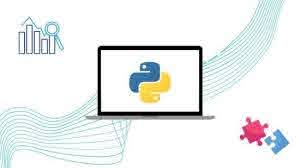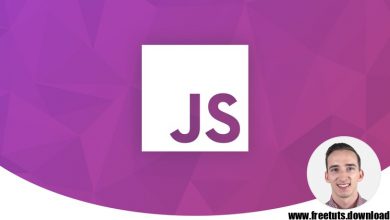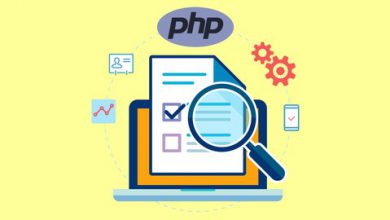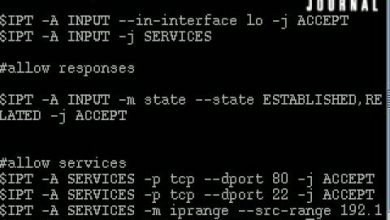Introduction To Qlikview Data Architect Certification

Introduction To Qlikview Data Architect Certification Free Tutorial Download
What you’ll learn
-
any students
-
If you want to learn qlik view or qliksense
Requirements
-
An internet connection
-
PC / Laptop or a Mobile phone to watch this videos
Description
This Course cover some of the important topics that will be tested during Qlikview data architect certification.
About the certification exam:
- This exam is based on QlikView Version 12.1, and has 60 questions to complete in 2 hours.
- Passing the QlikView Data Architect Certification Exam grants you both the QlikView Data Architect (DA) and QlikView Business Analyst (BA) certifications.
Syllabus from Qlik for QlikView Data Architect
Gather and Interpret Requirements (8% of the exam)
- Given a set of business objectives, determine KPIs, dimensions, or measures
- Given customer requirements, determine an appropriate solution to meet the customer needs
Identify and Analyze Data Sources (18% of the exam)
- Given a data set, identify quality issues
- Determine the expected effects of data quality issues
- Given a data set, determine how the data characteristics at the field level will affect the QlikView data model (e.g., performance, accuracy)
- Interpret an entity relationship (ER) diagram
- Given a data set, determine the relationships among data
- Given a data set, determine how the relationships among data will affect the QlikView data model (e.g., performance, accuracy)
Create the QlikView Associative Data Model (39% of the exam)
- Explain methods and considerations for connecting to different types of data sources
- Describe the circumstances under which different load strategies should be used
- Explain the circumstances under which QVD files and/or n-tiered data architectures should be recommended
- Describe the use and properties of fact tables and dimension tables
- Explain load techniques relevant to data transformation
- Explain the use of QlikView functions to transform data
- Explain how to resolve complex calendar scenarios
- Explain the use and effects of different types of joins
- Given business requirements, determine appropriate section access configuration
- Given a scenario, determine how to resolve table association issues (e.g., synthetic keys/circular references, data types)
- Explain the use of control statements and/or variables
- Explain the purpose and functionality of the Table Viewer/System Fields
- Determine the root cause for discrepancies between values in legacy reports and QlikView values
- Explain the purpose and functionality of QlikView troubleshooting tools or functions
- Given a script, determine the cause and/or solution for a script error
Design and Develop the QlikView Application User Interface (25% of the exam)
- Determine the result of a given function or complex expression
- Identify where alternate uses of expressions are appropriate
- Given a scenario, determine the appropriate function or complex expression to use
- Explain how to implement Actions/Triggers in the QlikView interface
- Given a scenario, determine the appropriate object or chart type to use
- Explain the purpose/functionality of common object properties
- Given a scenario, determine the appropriate application performance tuning option to use
- Given a scenario, determine the appropriate reload performance tuning option to use
Deliver the QlikView Application (10% of the exam)
- Describe how to give the user information or direction for using the application
- Explain the purpose and functionality of the QV Server and Publisher
- Determine the circumstances under which particular client types can be used
Topics Covered in this course:
- How to load data from excel file.
- How to apply cross tab while loading data from excel file.
- How to use of QlikView functions to transform data.
- How to use common string function while loading data.
- How to aggregate data using group by.
- How to restrict your data by using where.
- How to export your data from a internal table using Qlik scripts.
- How to implement set analysis.
Upcoming modules:
- Given a scenario, determine how to resolve table association issues (e.g., synthetic keys/circular references, data types)
- Explain the use of control statements and/or variables
- Explain the purpose and functionality of the Table Viewer/System Fields
About Set Analysis:
Set analysis offers a way of defining a set (or group) of data values that is different from the normal set defined by the current selections.
Normally, when you make a selection, aggregation functions, such as Sum, Max, Min, Avg, and Count aggregate over the selections that you have made: the current selections. Your selections automatically define the data set to aggregate over. With set analysis you can define a group that is independent of the current selections.
This can be useful if you want to show a particular value, for example, the market share of a product across all regions, irrespective of the current selections.
Set analysis is also powerful when making different sorts of comparisons, such as what are the best-selling products compared with poorly-selling products, or this year against last year.
Who this course is for:
- Any one who are new to qlikview/ qliksnese
- Any one who want to learn qlik set analysis
Download Introduction To Qlikview Data Architect Certification Free
https://xmbaylorschool-my.sharepoint.com/:u:/g/personal/grayem_baylorschool_org/ET5pgci1Oa1FgckPll0tF1YBoGMh20T3zkpcaEAFfKubkw
https://bayfiles.com/7aueD3U6o0
https://drive.google.com/file/d/1zmlzgkhynXSD5TaqUmx7ijv-6TsVCyEQ/view?usp=sharing
https://drive.google.com/file/d/1ngu5ZnHAwtZQkQoG6ORMUcYQsPgpY5Nj/view?usp=sharing
https://uptobox.com/ob17uo9p11af




